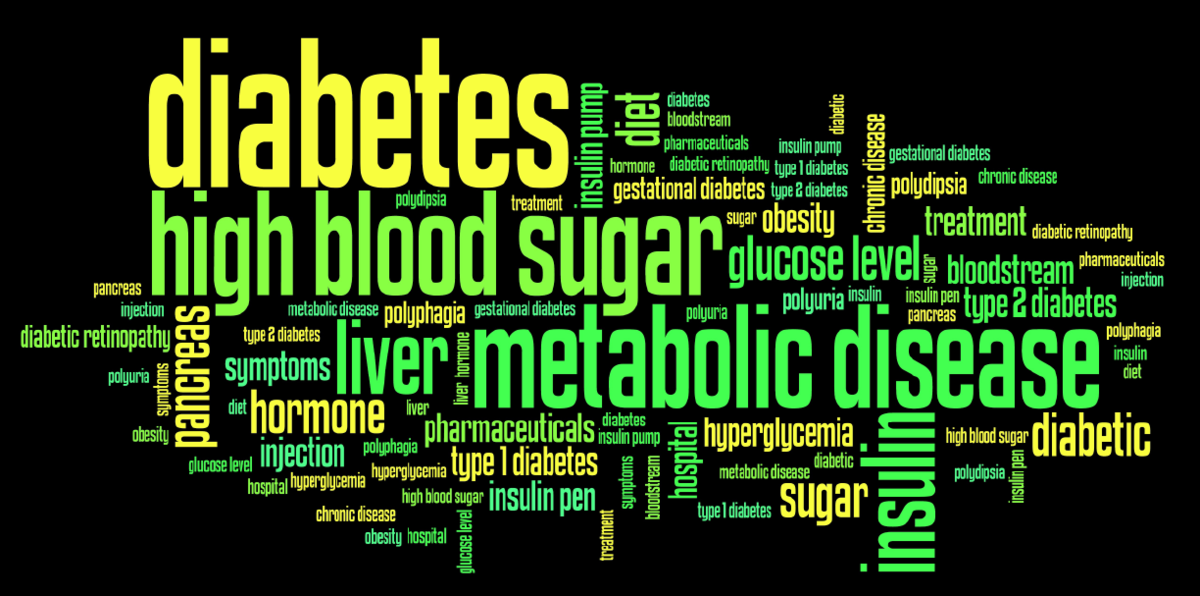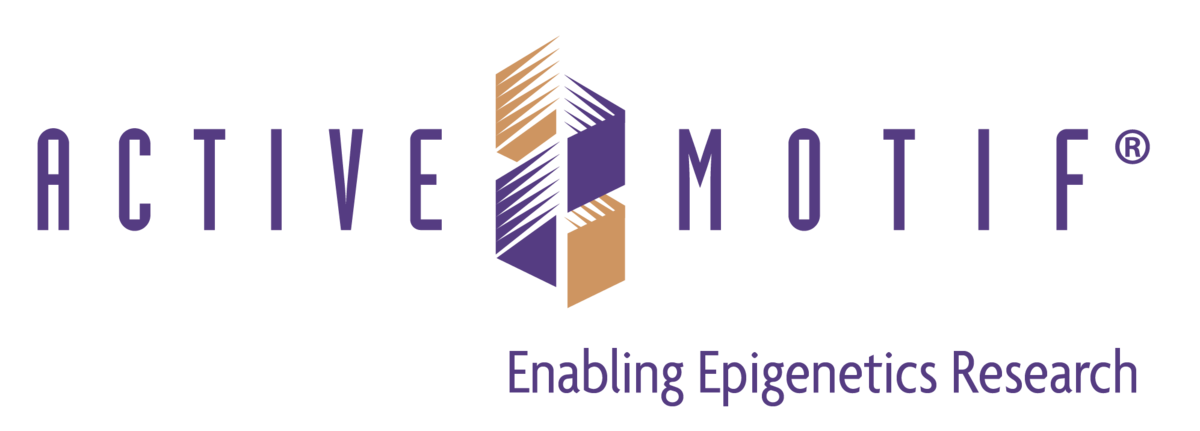
Introduction: Interactions between the “Exposome” and the Epigenome During Early Development
Exposure to a number of different environmental factors during development can have a profound impact on later life through the reprogramming of physiologic responses, with the “exposome” described as the measure of all exposures of an individual in a lifetime, beginning before birth and including insults from environmental and occupational sources, and how those exposures relate to health. For example, nutritional stress during fetal stages (e.g., under-, or over-nutrition) can prompt metabolic dysfunction in adulthood and increase the risk of suffering from metabolic diseases such as obesity, diabetes, and metabolic syndrome. Exposure to environmental stressors such as endocrine-disrupting chemicals (EDCs), which interfere with hormone action, can also impact metabolic function, and prompt an increased disease risk in metabolic organs such as the liver. While we have some way to go to fully understand how the exposome impacts human disease, EDCs can provoke epigenetic alterations that persist long after the removal of the initial stressor from the environment (a process known as developmentalreprogramming) and significantly impact the risk of suffering from metabolic diseases during adult life.
In an exciting recent study, researchers from the labs of Cristian Coarfa and Cheryl Lyn Walker (Baylor College of Medicine, Houston, Texas, USA) searched for an epigenetic link between early-life exposure to environmental stressors such as EDCs, developmental reprogramming, and later-life metabolic dysfunction. Their findings now provide evidence that early postnatal exposure to bisphenol A (BPA – a prototypical EDC) can lead to epigenetic alterations that persist into adulthood; however, the metabolic dysfunction associated with these said changes only emerges following a second challenge – a Western diet comprising elevated levels of fat, fructose, and cholesterol. Overall, this study provides a mechanism controlling how the exposome impacts human disease risk.
Exploring the Epigenetic Effects of Early Environmental Exposure in Developing Rats
During the crucial early developmental stages chosen in this study (exposure on postnatal days 1, 3, and 5), the liver transitions from a hematopoietic organ to play a more critical metabolic role, while parts of the epigenome display significant levels of plasticity to support the remodeling processes that facilitate said changes in function. Thanks to the longitudinal epigenomic, transcriptomic, and metabolomic profiling employed throughout the study, Treviño, Dong, and colleagues discovered that short-term exposure of early postnatal Sprague-Dawley rats to the chronic oral reference dose of BPA (associated without a lifetime risk of deleterious effects by definition by the EPA) prompted the reprogramming of histone modification profiles in liver cells. Of note, the authors failed to observe any overt signs of liver damage or detrimental modifications to metabolism compared to vehicle-treated rats when analyzed at postnatal day 70. After this point, the authors fed rats normal rat chow or placed them on a Western diet as a metabolic challenge.
Interestingly, chromatin immunoprecipitation sequencing (ChIP-Seq) analysis in the liver at day 70 revealed that BPA exposure affected the transcriptionally permissive and perhaps more plastic H3K4me1 and H3K27ac modifications (but not H3K4me3, which becomes installed during early organogenesis and likely to display more stability) and the transcriptionally repressive H3K27me3 modification. Given these changes, the authors suggest that BPA may directly impact the activity of histone methyltransferases and demethylases, which would then alter the levels of histone modifications. Said epigenetic changes primarily affected genes and chromatin states with age-related plasticity, thereby inducing the acquisition of an accelerated adult-like epigenomic signature. Overall, this finding suggests that EDC exposure during early development causes a detrimental acceleration in epigenetic aging.
Epigenetic Effects Drive Metabolic Changes During Diet-based Challenges in Later Life
Intriguingly, transcriptional profiling by RNA-sequencing (RNA-seq) revealed that many genes affected by BPA-induced epigenetic reprogramming persisted long after the time of exposure and into adulthood; however, they remained transcriptionally silent. Instead, the observed epigenetic alterations negatively affected adult rat metabolism (significant elevations in serum cholesterol and lipid levels) only after being fed a Western-style diet during adult life. Of note, these metabolic alterations primarily affected male rats, with BPA-exposed female rats displaying metabolic alterations of a lesser degree after being fed a Western-style diet, suggesting a degree of sexual dimorphism in the effect of BPA.
Exploring the Metabolic Mechanisms Altered by Early Environmental Stressors
Mechanistically, the team discovered that reprogramming of the early growth response 1 (EGR1)-mediated transcriptome (in combination with Western diet-induced gene expression changes) prompted the production of metabolites in pathways linked to cholesterol, lipid, and one-carbon metabolism, which drove BPA-induced diet-dependent metabolic dysfunction in the adult liver. The transcriptional analysis highlighted Egr1, a transcription factor that responds to diet and stress and controls genes involved in liver metabolism, as one of the top genes overexpressed in the liver of BPA-exposed animals on a Western-style diet. Of note, increases in glycine, betaine, and methionine and increased expression of genes involved in their metabolism drove the changes in one-carbon metabolism. These findings suggest that the intersection between epigenome-environment interactions occurring during early development and adult life plays a significant role in regulating hepatic metabolism.
Conclusions: Early Environmental Exposure Synergizes with Later Dietary Changes to Impact Metabolism
Overall, this data suggests that EDC exposure in early postnatal rats prompts significant epigenetic reprogramming in the liver, creating a vulnerability to additional nutritional stressors during adulthood that drives the induction of metabolic dysfunction. Therefore, this exposomic study suggests that we may be underestimating the dangerous impact of early-life exposure to environmental stressors on metabolic dysfunction; however, these findings may also guide the development of innovative strategies to prevent/manage adult metabolic disease.
Moving Forward
The authors note the need for future studies to complement these findings, including the integrated analysis of non-fasted insulin levels, insulin sensitivity, and glucose tolerance to describe how the potential synergism of systemic alterations and EDC-mediated epigenetic reprogramming in the liver affects overall health. In addition, integrating other components of the exposome may also provide further insight at the expense of increased complexity. Furthermore, additional analysis of other organs that may impact liver function could provide additional insight. The sexual dimorphic responses of rat livers to BPA also deserve additional research; previous research has highlighted sex-specific modifications in gene expression and epigenetic modifications in the rodent liver after developmental BPA exposure, and an examination of sex bias in observed phenotypes could form an integral part of future epidemiological studies.
For more on how early exposure to environmental stressors may impact metabolic disease later in life, see Nature Communications, May 2020.
About the author

Stuart P. Atkinson, Ph.D.
Stuart was born and grew up in the idyllic town of Lanark (Scotland). He later studied biochemistry at the University of Strathclyde in Glasgow (Scotland) before gaining his Ph.D. in medical oncology; his thesis described the epigenetic regulation of the telomerase gene promoters in cancer cells. Following Post-doctoral stays in Newcastle (England) and Valencia (Spain) where his varied research aims included the exploration of epigenetics in embryonic and induced pluripotent stem cells, Stuart moved into project management and scientific writing/editing where his current interests include polymer chemistry, cancer research, regenerative medicine, and epigenetics. While not glued to his laptop, Stuart enjoys exploring the Spanish mountains and coastlines (and everywhere in between) and the food and drink that it provides!
Contact Stuart on Twitter with any questions.
Supplier

Active Motif
Active Motif offers all you need for researching epigenetics and gene regulation: from sonification devices to ChIP-Seq, CUT&Tag kits as well as validated antibodies.
